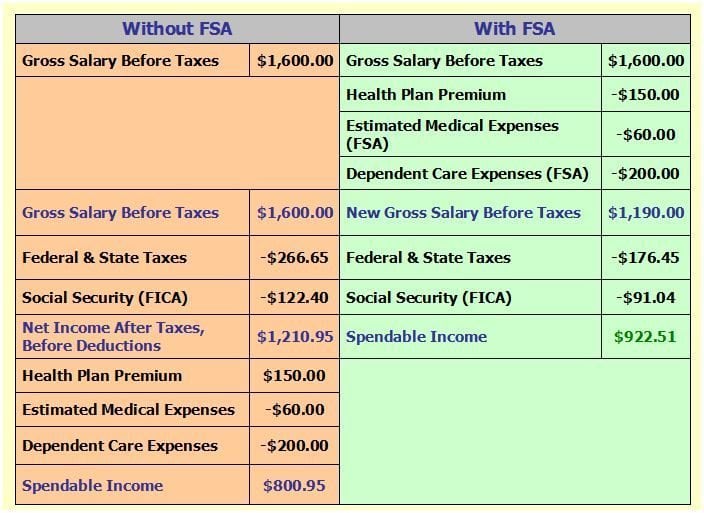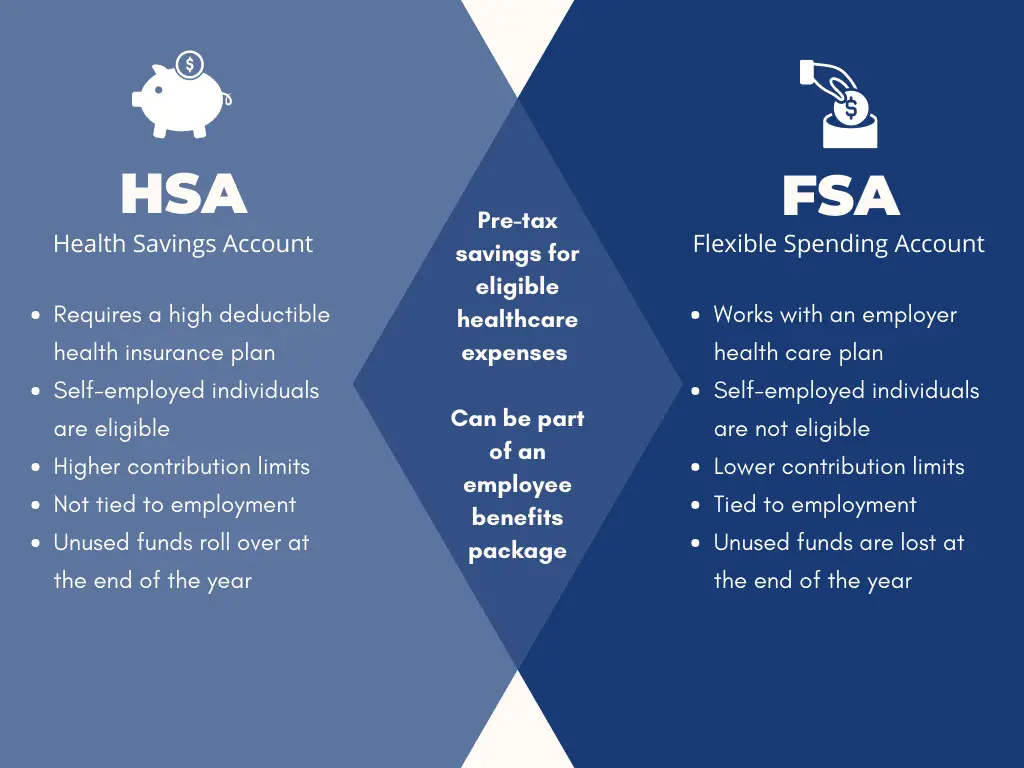As of Might, Medicaid enrollment nationally was 73. 5 million. The administration's choice to expand the " public charge" rule, which would allow federal immigration officials to more easily reject permanent residency status to those who depend upon certain public benefits, such as Medicaid, has actually dissuaded many individuals from looking for Medicaid, stated Judith Solomon, senior fellow with the Center on Budget and Policy Priorities, a research group based in Washington, D.C.
But not all his proposals would help the senior citizens who depend on it. For example, invalidating the Affordable Care Act would remove brand-new preventive advantages for Medicare enrollees and reopen the well-known "doughnut hole" that subjects many senior https://blogfreely.net/elvinapedx/competent-care-generally-suggests-24-hour-care-so-no-matter-whether-it-is citizens to big out-of-pocket expenses for prescription drugs, even if they have insurance.
And his budget plan for fiscal 2021 proposed Medicare cuts amounting to $450 billion. At the exact same time, however, the administration implemented policies dramatically broadening payment for telehealth services as well as a kidney care initiative for the countless clients who certify for Medicare as a result of sophisticated kidney disease.
The problem normally takes place when clients get care at health centers that are part of their insurance coverage network but are dealt with by professionals who are not. Other sources of surprise billing include ambulance business and emergency space doctors and anesthesiologists, among other specializeds. An effort to end the practice stalled in Congress as some market groups pressed back against legislative propositions.
" At the end of the day, plenty of individuals in Congress did not actually wish to get something done," he said. Taking a different path, the administration settled a guideline last November that needs health centers to offer rate information to consumers. The rule will take effect Jan. 1. A federal judge shot down an attempt by medical facilities to obstruct the rule, although appeals are expected.
" Arguably, the No. 1 problem with surprise expenses is that people have no concept what rates are prior to they get care," he said. However Adler stated the rule would have a "very small effect" since the majority of customers do not look at rates prior to deciding where to look for care especially during emergencies.
The Greatest Guide To Alcohol Detox What Is Fsa Health Care
The variety of opioid deaths has actually revealed a modest decrease after a remarkable boost over the past decade. In general, overdose death rates fell by 4% from 2017 to 2018 in the United States. New CDC data reveals that, over the exact same duration, death rates including heroin also reduced by 4% and overdose death rates involving prescription drugs reduced by 13.
The administration increased funding to expand treatment programs for people utilizing heroin and expanded access to naloxone, a medication that can reverse an overdose, said Dr. Georges Benjamin, executive director of the American Public Health Association. Meanwhile, the country's obesity epidemic is aggravating. Weight problems, a danger factor for extreme results of COVID-19, continues to become more common, according to the CDC.
But the pandemic has actually been the major public health problem this administration has faced. "We were doing an affordable job addressing the opioid epidemic till COVID struck," Benjamin said. "This shows the fragility of our health system, that we can not handle these three upsurges at the exact same time." [Update: This story was updated on Sept.
m. how does universal health care work. ET to include information about the administration's strategy to broaden using health compensation plans and on Nov. 11 at 9:30 a. m. ET to repair the spelling of GoodRx.].
The American health care system in beset with inequalities that have an out of proportion effect on individuals of color and other marginalized groups. These inequalities contribute to spaces in health insurance coverage, uneven access to services, and poorer health outcomes amongst particular populations. African Americans bear the force of these health care challenges.
4 percent of the U.S. population. Over the period of several years, specifically considering that the Civil liberty Acts of 1964 and 1968, they have had the ability to make noteworthy strides in American society. According to the Economic Policy Institute, academic attainment has actually significantly increased, with more than 90 percent of African Americans aged 2529 having actually finished from high school. College graduation rates have also improved among African Americans.
Indicators on How Much Would Single Payer Health Care Cost Per Person You Need To Know
And as for house ownership, simply over 40 percent of African Americans own a homea rate essentially unchanged because 1968. African Americans are also living longer, and the bulk of them have some kind of medical insurance coverage. However, African Americans still experience disease and imperfection at extremely high rates and have lower life expectancy than other racial and ethnic groups.

This report will examine the state of health care protection for African Americans and shed a light on crucial social elements that distinctively impact their health results. In an effort to draw ramifications from leading healthcare reform plans, recommendations are produced the way forward in guaranteeing that the physiological and social effects of bigotry are not left out in efforts to protect genuinely universal healthcare protection in America (what is health care).
Resolving their unique challenges and viewpoints, including the pervasive effects of bigotry, need to be included in health reform efforts. The Affordable Care Act (ACA) has actually assisted to guarantee healthcare coverage for countless Americans. The uninsured rate amongst African Americans decreased after the law was executed: of the more than 20 million individuals who have actually acquired coverage under the ACA, 2 (what is single payer health care?).
7 percent, while it was just 5. 4 percent amongst whites. African Americans were most likely to be covered through employer-sponsored or personal health insurance: 55 percent of Visit this link African Americans utilized private medical insurance in 2018, while 41. 2 percent were registered in Medicaid or some other type of public health insurance.
The typical family spends $8,200 (or 11 percent of household earnings) each year on health care premiums, and out-of-pocket costs for things such as office see copays, prescription drugs, and surprise or out of plan medical bills continue to wreak havoc on the financial security of families. For African Americans, the average yearly cost for healthcare premiums is practically 20 percent of the typical home incomea significant expense to bear, when taking into account earnings inequality and other financial obstacles for this group.

5 million people that still do not have medical insurance coverage, 45 percent mention expense as the reason for being uninsured. Furthermore, the Commonwealth Fund approximates that an extra 87 million people (adults aged 19 to 64) are underinsured; that is, they have protection, however their strategy results in abnormally high out-of-pocket expenses relative to income that can result in a stress on individual finances or perhaps financial obligation.
Getting My A Health Care Professional Is Caring For A Patient Who Is About To Begin Iron Dextran To Work
The lack of Medicaid growth in crucial states, health variations, and healthcare provider shortages make it exceptionally hard to deal with America's healthcare needs in an extensive way. And while these difficulties are aspects that touch many Americans in numerous parts of the nation, the gravity of them is distinctively seen in the South, and among the African-American population.